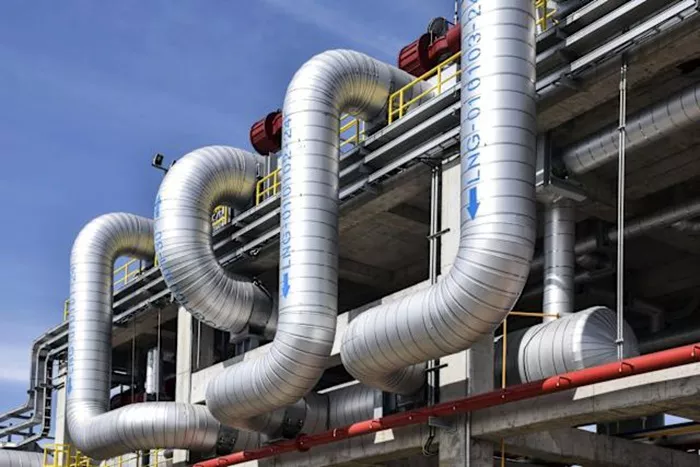China has not received any cargoes of U.S. liquefied natural gas (LNG) in the past 40 days, with no LNG tankers currently en route to the country, according to data compiled from ship-tracking services and energy analytics firm Kpler.
This freeze in LNG purchases comes as a direct result of the ongoing trade war initiated by former President Donald Trump, who imposed a 10% tariff on all Chinese imports upon taking office. In retaliation, China levied a 15% tariff on U.S. LNG imports, alongside a lower tariff on crude oil.
The impact of the tariffs has been far-reaching. Chinese companies with long-term contracts for U.S. LNG have begun reselling their shipments to European markets, citing trading sources. Meanwhile, Chinese traders have become increasingly reluctant to engage in new long-term agreements with U.S. suppliers. Instead, they are turning to gas producers in the Middle East and Asia Pacific for future contracts.
One notable development is a new 15-year deal between China Resources Gas International and Australian firm Woodside Energy. This marks the first long-term agreement between a Chinese and an Australian company in several years.
Europe, which is nearing the end of its peak gas demand season as spring approaches, stands to benefit from the freeze. However, demand is expected to remain high as the continent works to replenish its gas storage, which has been depleted during the winter months. Kpler has predicted that European gas demand will increase in the coming weeks, as the region exits winter with lower-than-expected gas reserves.
At the same time, Kpler has adjusted its LNG demand forecast for South Korea in 2025, raising expectations, while revising China’s LNG demand downward for this year. The reduction is largely attributed to weaker LNG imports in February, a trend likely influenced by the tariff dispute with the United States.

